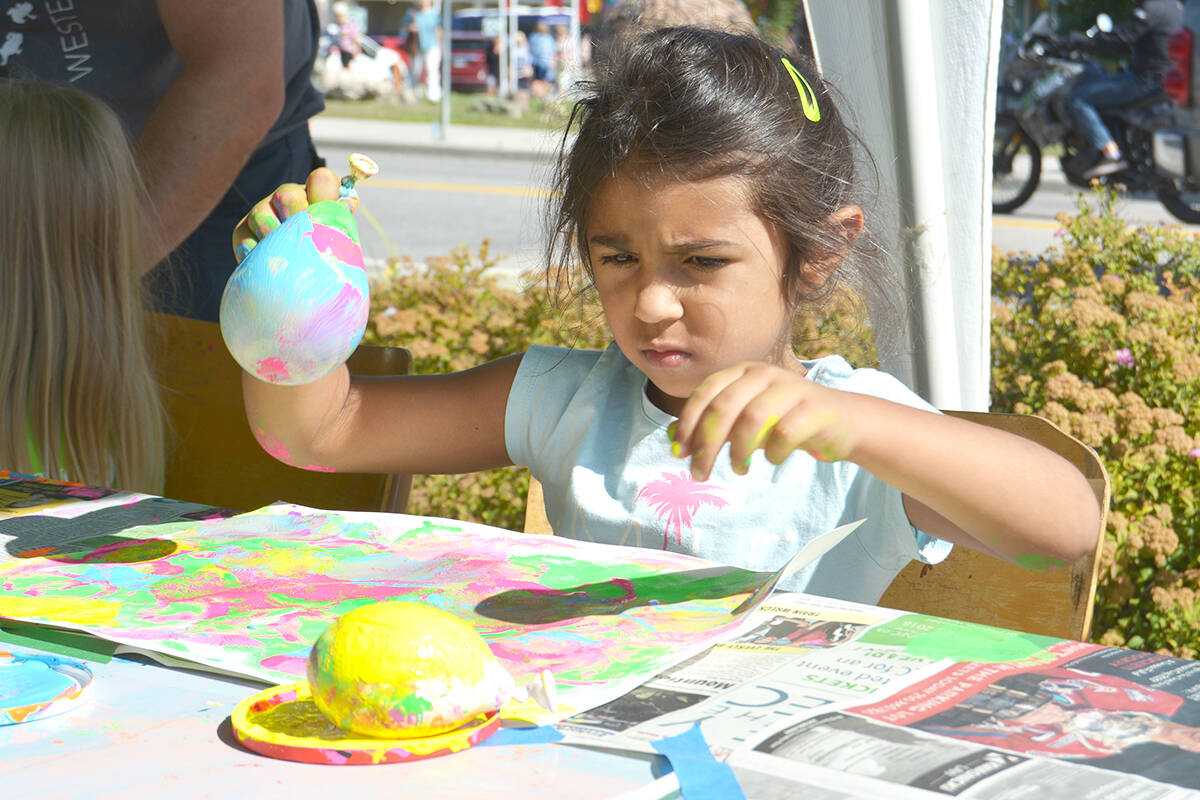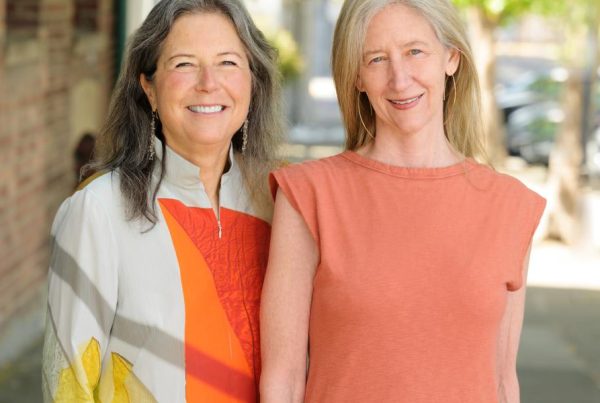Life & Faith columnist explores art and the five senses
A while ago, I was driving along between appointments, listening to classical music on CBC – but not long enough to hear the source of a symphonic piece. The sounds of the orchestra filled the car, filled my head, filled my mind.
And for a few glorious moments, I heard music a different way.
I didn’t hear it so much as see it. I saw the sounds as colours, swirling and dancing. The brasses were, of course, brassy. Woodwinds were shades of green; drums, deep brown. The strings ranged from deep purple cellos to sapphire-blue violins. The solo violin soared into a laser beam of pure white.
Granted, that’s not how I normally hear music. But why not?
Why do we limit music to the single sense of hearing?
Why, similarly, is visual art viewed only through our eyes?
Skilled chefs know that culinary art must smell good, taste good, and look good.
Sculpture almost demands touch. We long to slide our fingertips over the polished stone – even when signs warn us not to.
Hearing a book read aloud adds dimensions to silent reading. My mother’s, voice reading Treasure Island to me, made the story came alive.
My working life has been spent with the printed word – black-and-white marks on paper. No colour involved. Indeed, black print is literally the absence of colour; black absorbs rather than reflects any colour.
Yet all authors worth their salt (a taste analogy) know that text becomes more memorable if it evokes more than just the reader’s optic nerves.
Jose Marti, the Cuban poet best known for the verses that became the song Guantanamera, once said, “My poems are green; my poems are flaming red.”
Poems set to music naturally link two senses. Although we often let the music overshadow the words – we think of Cole Porter and Joni Mitchell as composers, not poets.
But why stop there?
At my community’s annual ArtWalk, one year, I chatted with an artist who painted music.
“Every note has a colour,” she said.
“My canvas is what I hear.”
Do words have individual colours too? Do some words taste better than other words as they trip off our tongues?
I wonder if humanity’s original sin might be our obsession with labelling and categorizing our experiences. We create little boxes to put things into. Music goes into one box, sculpture into another, words into still another.
Thus we prohibit them from overlapping, interacting. They’re safe. We know which is which. We never need a sense of wonder, surprise, astonishment.
The same with religion. We put God in a box, safely isolated from worldly experiences. (Unless there’s a crisis when we expect God to leap out hiding and do something.) We put our scriptures in a box, confident that we know exactly what they mean. They’re safe, too.
But all of that labelling and boxing, it seems to me, denies what we know intuitively – that everything is everything. Or, put another way, that nothing stands alone.
One of my church’s faith statements begins, “We are not alone; we live in God’s world…”
God’s world includes all our senses. Not just one at a time.
Jim Taylor lives in Lake Country.













